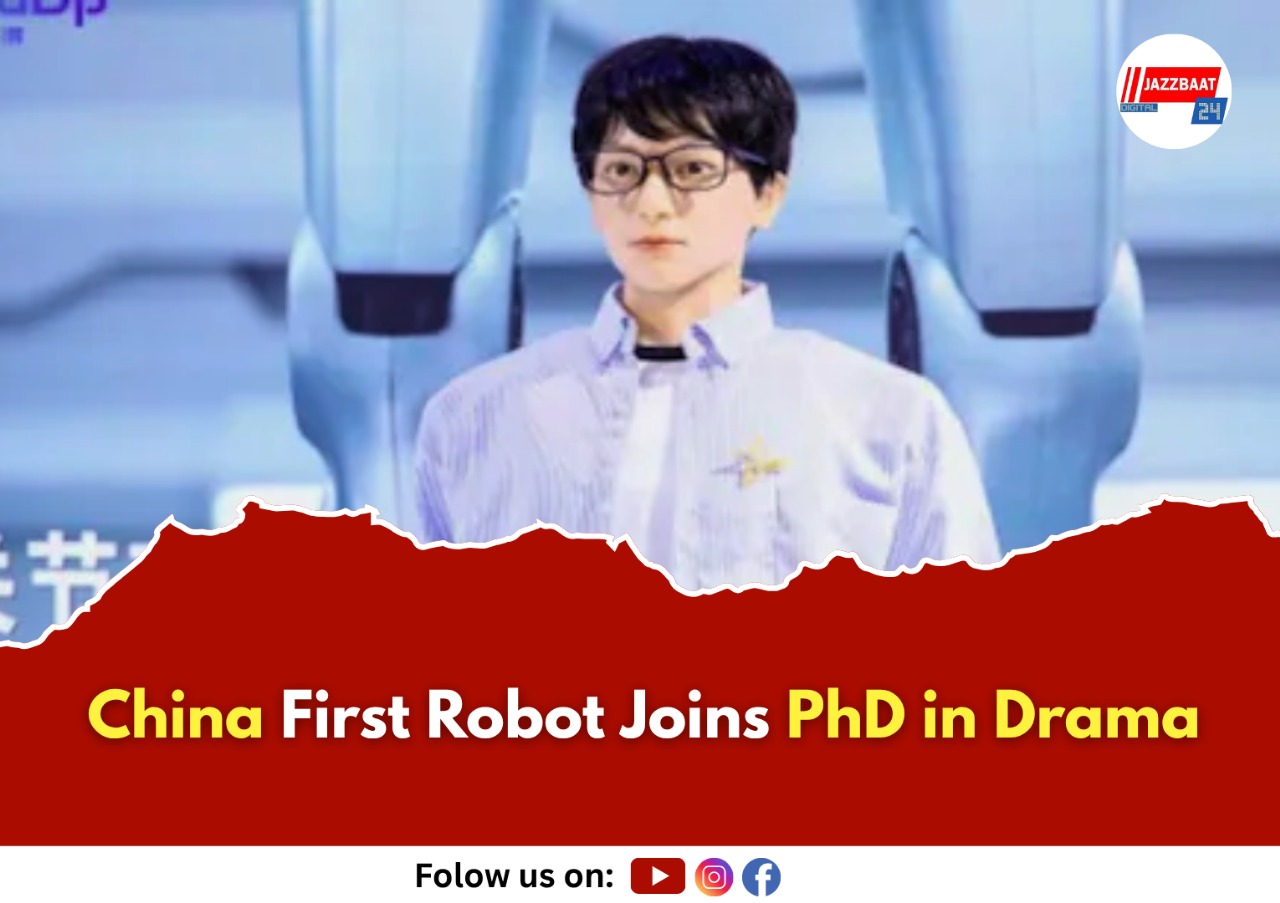A historic event took place at Shanghai Theatre Academy in China, where technology met the world of performing arts. The country’s first humanoid robot Xueba 01 has been admitted to a four year PhD program in Drama and Film Studies, marking a new chapter in theatre and academic history.
Xueba 01 is 1.75 meters tall and weighs about 30 kilograms. Its silicone covered face can display human like expressions and it speaks fluent Mandarin. Developed by DroidUp Robotics and Shanghai University of Science and Technology, the robot was specially designed for studies in arts and theatre.
Its main research focus will be traditional Chinese opera, a centuries old art form that combines music, gestures, and dialogue to express emotions. The robot will learn stage performance, scriptwriting, character analysis, set design, and technical aspects of drama. It will also practice AI based language generation, motion control, and emotional expression. Professor Yang Qingqing will guide the robot, which will attend classes, rehearse with other students, and submit research proposals.
The classroom experience has already become unique. When Xueba 01 imitates the famous Orchid Fingers gesture of legendary opera artist Mei Lanfang, other students follow, creating a rare human and robot collaboration. Yet, reactions are mixed. Some are excited about the possibilities of combining technology with performing arts, while others doubt if a robot can truly feel and express the emotions needed for opera.
The story quickly spread on social media. Supporters call it a step toward the future of art and education, while critics worry that giving emotional art to machines may reduce its human essence.
Whatever the debate, Xueba 01 has already made history. It shows that artificial intelligence can now step into the world of creativity and performing arts, where humans and machines may together shape the future of culture.





